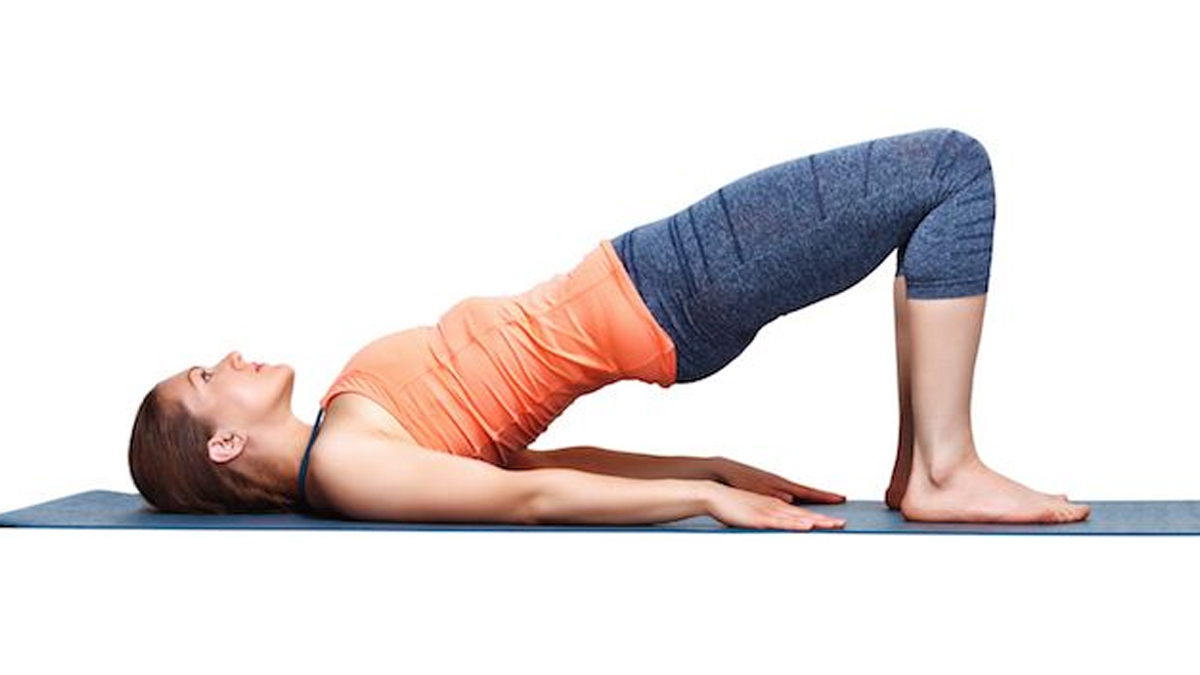
Sciatica pain can be a real challenge, affecting millions worldwide. It's a sharp, shooting pain that runs from your lower back down to your legs, often making everyday activities feel like a struggle. But there's hope for relief. Effective treatments and simple exercises can help alleviate this discomfort, allowing you to regain control over your life. By understanding the causes of sciatica and incorporating targeted stretches and lifestyle changes, you can find lasting relief from this debilitating pain. With years of expertise in treating musculoskeletal issues, the expert offers simple yet powerful exercises to bring instant relief.
Table of Content:-
Understanding Sciatica
View this post on Instagram
Sciatica is not a condition itself but a symptom of an underlying issue, such as a herniated disk, bone spur, or muscle strain. The pain occurs when the sciatic nerve, which runs from the lower back down to the legs, is irritated or compressed. Dr Anuj Kumar Kadian, Orthopedic Surgeon, Newlife Multispeciality Hospital and Trauma Centre, Gurugram, emphasises the importance of stretching and strengthening exercises to alleviate the pain.
Here are two simple exercises he recommends:
Piriformis Stretch![piriformis stretch 3 (51)]()
This stretch targets the piriformis muscle, which can compress the sciatic nerve.
Here is how to do it:
- Sit on the floor with the affected leg crossed over your other leg.
- Place your hand on the knee of the crossed leg and pull it toward your opposite shoulder.
- You should feel a stretch in the back of your leg. Hold for 30 seconds and repeat three times.
Gluteal Bridge

This exercise strengthens the glutes and supports the spine and hip, reducing pressure on the sciatic nerve.
Here is how to do it:
- Lie on your back with your knees bent and feet flat on the floor.
- Slowly lift your hips toward the ceiling, squeezing your glutes at the top.
- Hold for a few seconds before lowering back down. Repeat for 10-15 repetitions.
Additional Treatments for Sciatica
Beyond exercises, several other treatments can help manage sciatica:
- Physical Therapy: A physical therapist can guide you through specific exercises tailored to your condition.
- Heat or Cold Therapy: Applying heat or cold packs to the affected area can reduce pain and inflammation.
- Medication: Over-the-counter pain relievers can help manage pain.
- Chiropractic Care: Spinal manipulation can relieve pressure on the sciatic nerve.
Study Supporting The Expert’s Suggestion
A study published on PubMed analysed 200 sciatica patients over 6 months. Researchers found that combining targeted stretches like the piriformis stretch with core-strengthening exercises reduced pain by 50% and improved mobility in 75% of participants. The researchers noted that regular nerve-release stretches break the cycle of inflammation and compression. The study highlights that non-invasive methods, when done consistently, can rival pain medication effectiveness. The finding also aligns with Dr Kadian’s emphasis on daily movement for sciatica relief.
Lifestyle Changes for Long-term Relief
Making a few lifestyle adjustments can help prevent sciatica flare-ups:
- Maintain Good Posture: Proper posture reduces strain on your back and spine.
- Stay Active: Regular exercise keeps your muscles strong and flexible.
- Manage Weight: Excess weight can put additional pressure on your spine.
ALSO READ: IPL 2025: Players’ Fitness Regime and Best Exercises to Dominate the Cricket Ground
Conclusion
Sciatica pain doesn't have to control your life. With the right exercises and treatments, you can find relief and get back to enjoying your daily activities. The expert’s advice offers a starting point for managing sciatica effectively. By combining these simple stretches with other treatments and lifestyle changes, you can take the first steps toward a pain-free life.
Also watch this video
How we keep this article up to date:
We work with experts and keep a close eye on the latest in health and wellness. Whenever there is a new research or helpful information, we update our articles with accurate and useful advice.
Current Version
-1744189628699.jpg)